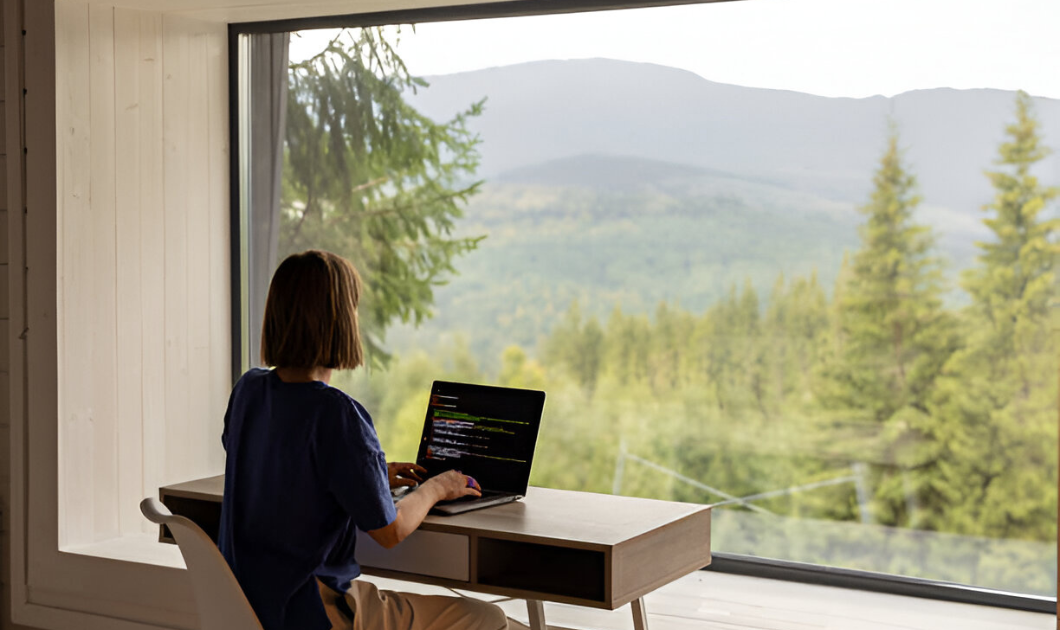Top Remote Work Best Practices for Success
Table of Contents
As you move through the changing work world, it’s key to succeed in remote work. This success is vital for your career and happiness. With the right tips, you can beat challenges and do well.
Top Remote Work Best Practices for Success
Remote work brings many chances for growth. By learning the best practices, you can set yourself up for success in the long run.
By following remote work best practices, you can boost your productivity and balance. Good work from home tips help you stay focused and connected with your team. Success in remote work takes effort, but it’s worth it.
Key Takeaways
- Mastering remote work best practices is essential for professional success and personal well-being
- Effective work from home tips can improve productivity and work-life balance
- Remote work offers many opportunities for growth and development
- Staying connected with your team is critical for remote work success
- Intentional effort is required to overcome remote work challenges
- Remote work success leads to improved job satisfaction and overall well-being
Creating Your Optimal Remote Work Environment
To do well in remote work, you need a space that’s both productive and comfy. Your home office should avoid physical strain and improve your health. A well-organized workspace helps you focus and work better.
When setting up your home office, think about what makes a good ergonomic space. You’ll need a comfy chair, a desk at the right height, and good lighting. Also, a fast internet and the right software and hardware are key for smooth remote work. A dedicated office helps you avoid distractions and keeps work and personal life separate.
Setting Up an Ergonomic Home Office
An ergonomic home office is key for your health and focus while working from home. Choose a chair with good lumbar support, place your computer monitor right, and use a keyboard tray for better posture. These steps help create a space that supports your well-being and productivity.
Establishing Essential Tech Infrastructure
A solid tech setup is crucial for a productive remote work space. You’ll need a fast, secure internet, the right software, and hardware like a laptop, headset, and webcam. With the right tech, you can connect with your team, join virtual meetings, and access important resources.
Managing Environmental Distractions
Reducing distractions is vital for staying focused and productive in remote work. Create a dedicated office space, use noise-cancelling headphones, and find a work routine that works for you. By managing distractions and setting up a good work environment, you can stay on track and meet your goals.
Remote Work Best Practices for Peak Productivity
To boost your remote work productivity, it’s key to manage your time well. This means setting priorities, avoiding delays, and balancing work and personal life. A routine and clear boundaries help you stay focused and productive.
Using tools made for remote workers can also help. Tools like Asana or Trello for managing projects and apps like RescueTime or Harvest for tracking time are great. They keep you organized and on track, helping you work better and enjoy life more.
Managing distractions is also crucial for remote work success. Create a dedicated workspace and set clear communication rules with your team and family. This way, you can stay focused and productive, leading to better work and personal life balance.
Remote Work Best Practices for Success
Some top strategies for peak remote work productivity include:
- Setting clear goals and priorities
- Establishing a routine and sticking to it
- Minimizing distractions and interruptions
- Utilizing productivity tools and methods
- Maintaining a healthy work-life balance
By using these strategies and time management techniques, you can boost your remote work productivity. You’ll achieve a better balance between work and life, and succeed in your remote work goals.
| Productivity Tool | Description |
|---|---|
| Asana | Project management software for team collaboration and task management |
| RescueTime | Time tracking app for monitoring productivity and time spent on tasks |
| Trello | Visual project management tool for organizing and prioritizing tasks |
Mastering Virtual Communication and Collaboration
Working remotely means you need to communicate well. It’s key to work well with others, no matter where they are. You’ll need the right tools, like instant messaging, video calls, or project software.
Good online meeting manners are important. Be on time, ready, and respect others. This helps you build strong relationships and stay productive.
Choosing the Right Communication Tools
- Instant messaging apps for quick discussions and updates
- Video conferencing software for virtual meetings and presentations
- Project management tools for tracking progress and collaborating on tasks
Mastering virtual communication helps you succeed in remote work. Stay open to new tech and keep talking openly with your team.
Conclusion: Building Long-Term Remote Work Success
Remote work success needs a strategic plan. This includes your work space, how you stay productive, and teamwork skills. By using the tips from this article, you can create a fulfilling remote career. It will match your career goals and what you enjoy.
The future of work is moving towards more remote jobs. To succeed long-term, keep up with new trends and be open to learning. Learn about new tech, tools, and policies that make working from home better.
To do well in remote work, be flexible, always learn, and take care of yourself. Using the advice from this article, you’ll be ready for the ups and downs of remote work. This will help you keep growing in your career.
FAQ
What are the key benefits of mastering remote work best practices?
Mastering remote work best practices boosts your productivity and work-life balance. It also helps you build strong virtual connections with your team. By setting up a great remote work environment and using effective strategies, you can excel in remote jobs.
How can I set up an ergonomic home office to support my physical well-being?
To create an ergonomic home office, adjust your chair, desk, and computer monitor for good posture. Choose a supportive chair and a desk that fits your arm and wrist needs. Make sure your monitor is at eye level to avoid neck and back pain.
What essential tech infrastructure do I need for seamless remote work?
For smooth remote work, you need a reliable internet, a good webcam and microphone, and the right software and tools. Keeping your tech up to date helps you stay connected and productive.
How can I effectively manage environmental distractions while working from home?
To handle distractions at home, have a dedicated workspace free from clutter and distractions. Set clear work hours and let others know when you’re available. Use noise-cancelling headphones and apps to stay focused.
What are the key time management strategies for remote workers?
Remote workers should prioritize tasks, avoid multitasking, and take breaks. A consistent daily routine is key. Use productivity apps and time-blocking to manage your workload and balance work and life.
How can I foster strong virtual connections with my remote team?
To keep strong virtual connections, have regular check-ins and team-building activities. Use video calls to feel like you’re together. Encourage everyone to talk and interact to build a strong team bond.
What are the best practices for conducting productive virtual meetings?
For effective virtual meetings, start on time and have a clear agenda. Encourage everyone to participate and keep distractions away. Use good virtual meeting etiquette to ensure everyone can contribute.
How can I effectively collaborate with team members across different time zones?
To work well with team members in different time zones, set clear communication rules. Use tools that let you work together even when you’re not online at the same time. Be flexible with meeting times to fit everyone’s schedule.







